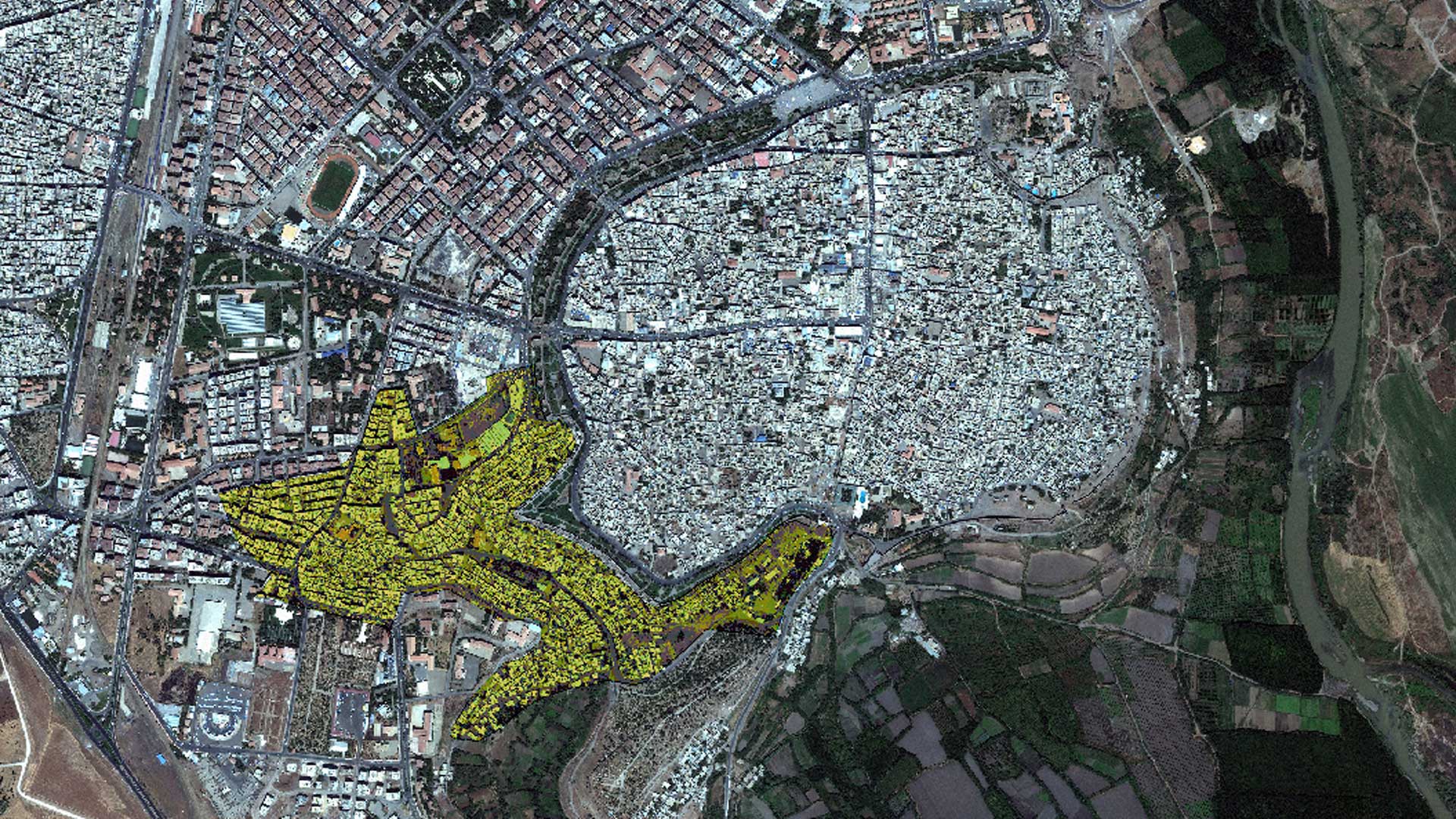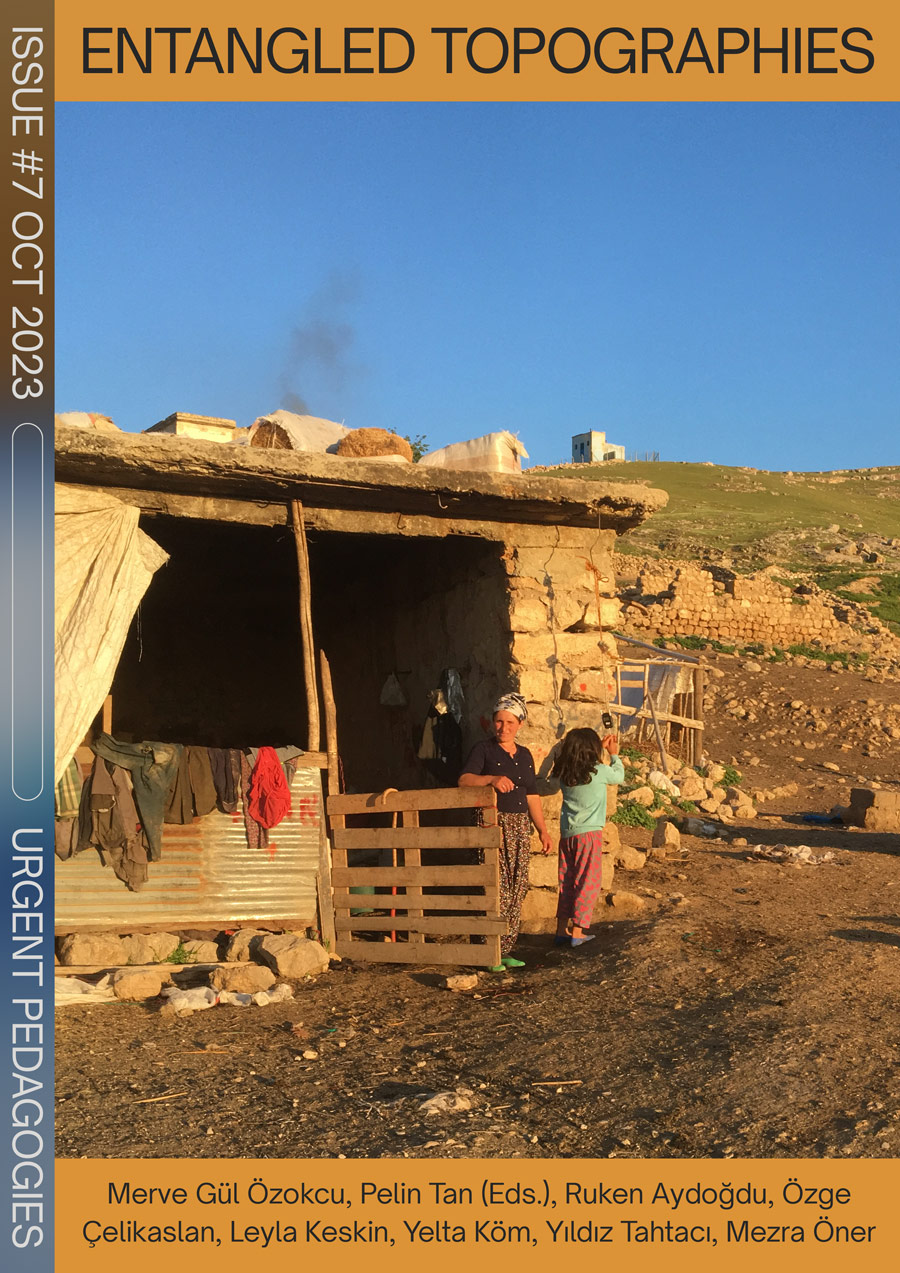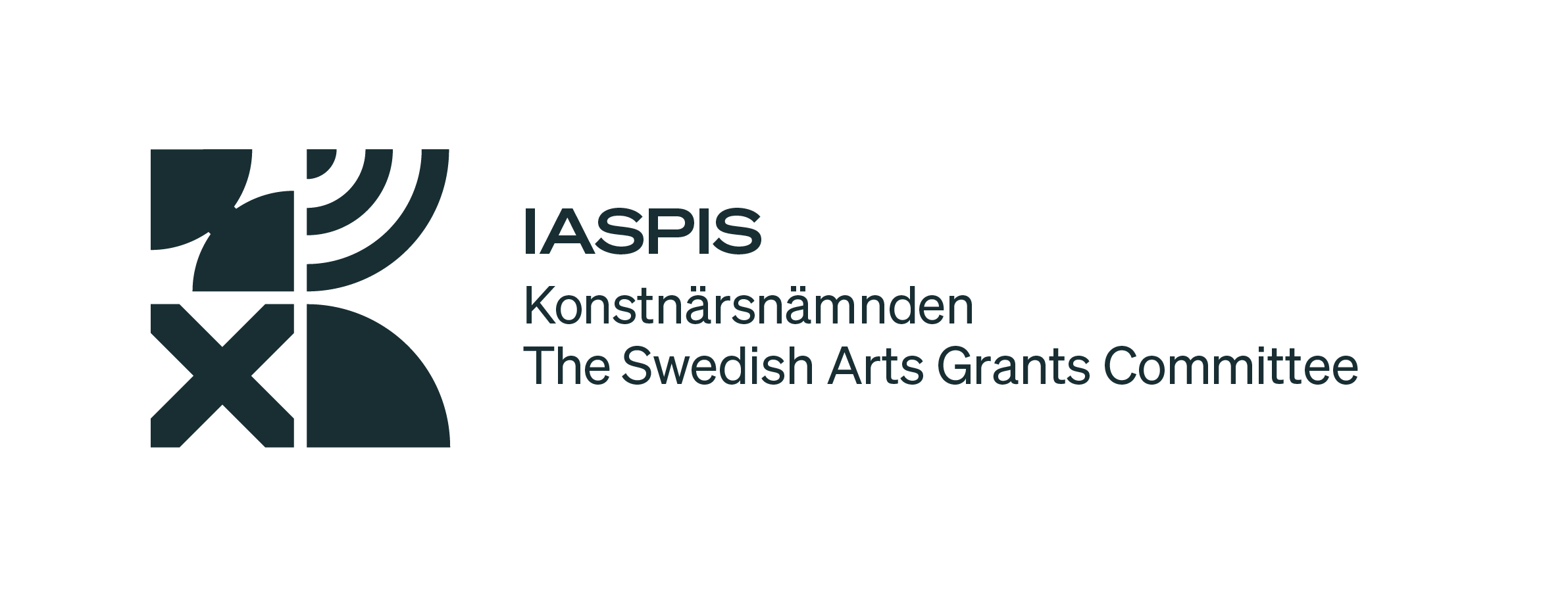Benusen Neighborhood
Yıldız Tahtacı
CATEGORY
Benusen women’s laundry center as a common place is depicted in this essay as a place of commoning that was closed by the state. Benusen, a self-emerged gecekondu* neighbourhood, was independent from hegemony and possession relations in terms of common living.
In East and Southeast Anatolian regions, forced migrations happened between the 1980s and the 2000s due to the conflicts related with the Turkish State and Kurdish Movement. In this period, approximately 3,000 to 4,000 villages were emptied, and inhabitants were forced to migrate. Around 400,000 people were dispossessed by the forced migrations. Diyarbakir city center has mostly been the place to harbor the migrants. With the people migrating in this period and the existing rapid population increase in the city, the population has doubled in the last 40 years. Therefore, gecekondu zones, which were inhabited by the population came by forced migrations, expanded and covered 60% of the total urban area. The areas in the city, which emerged after the displacement of the poor and landless people, made the spatial stratification within urban areas become more visible. Urban areas have been parcellated by invisible, inherent borders with organized-unorganized, planned-unplanned, poor-rich, old-modern, secure-insecure zonings that cannot communicate with each other. These notions/concepts of spatial stratification in the urban area were seen as a justification for change and transformation policies of power and capital groups and it emerged the urban transformation concept (official displacement legislation or the law of confiscation of property) in terms of turning the urban area into an organized-secure and modern zone.
Benusen is the first gecekondu neighborhood in Diyarbakir. The area which refuged the population migrated due to economic and social problems in the 1970s is also a neighborhood that rapidly met the basic need of shelter of the population who was forced to migrate due to the conflictive period in the 1990s. Benusen is a neighborhood in which conditions of solidarity and self-communizing were recovered by the collective efforts of poor, landless and people who were excluded from the society (marginalized). It is a neighborhood where cheap sheltering conditions were provided for the marginalized (poor, landless, solitary, immigrant), and it created a society that affirms unique neighborhood life with the deeply established sharing and solidarity culture.
The topographic situation of the neighborhood is stuck between the city walls of Diyarbakir, which is the center of the city, planned settlements, military zone, and Hevsel Gardens. Settlements, which used to be small houses that rapid and temporary sheltering conditions were met, turned into a spatiality that was formed by courtyarded, tightly squeezed houses in narrow streets. It was spatially formed as courtyards in which more than one family lives (established by family members moving into each other’s houses). This spatial formation that lacks common and social spaces created its own common spaces. Courtyards, streets, empty spaces between buildings and flat roofs created common spaces that women and children gather in the neighborhood, which is mostly inhabited by poor and rural population.
In the Benusen neighborhood, public visibility of women emerges in tandoori places which are the bases of solidarity, the subsistence economy, fountains and flat roofs, and courtyards that are used for vegetable-fruit drying and tomato paste production. The level of neighborhood and social relationships is quite high among women in Benusen, and this, with the help of solidarity and sharing/commune, gives them the strength to handle the problems emerging from poverty and urban solitude that was caused by forced migration. Visibility of women in daily life, in a place where a conservative patriarchal lifestyle is seen, has become even more visible with Women Laundry Houses, which were established by women themselves (nowadays the City Hall Women’s Center lost its publicity). The public visibility of women that was revealed by this place in the neighborhood, makes it possible for women to feel their presence in the neighborhood and in the city, and to increase their voices.
In this context, the unique neighborhood structure in which rural and urban sense of community are seen together, created belonging and sense of ownership. People of Benusen have constructed their neighborhoods on their own, far from power and property relationships, and they have created an alternative spatial formation of settlement. That is why the neighbors are against the demolishing of their neighborhoods for urban transformation. However, with the Historical Suriçi neighborhood being within the protection zone according to the current Master plans, almost half of the Benusen neighborhood might have been demolished. Therefore, approximately 200 buildings which were located between Yedikardeş and Evli Beden bastions of the city walls were expropriated and demolished, due to being within City Walls Protection Zone. Almost half of the population in the neighborhood were again legally forced to migrate and exposed to urban poverty with expropriation and urban transformation legislations. The rest of the neighborhood will be expropriated and demolished in different stages. The neighborhood area will be organized and secured within the scope of policies of the capital and the government that aim to gain urban land rent. With this the neighborhood will turn into a modern spatiality that users do not have any commons and far from each other.
Ibrahim who has lived in the neighborhood for almost 40 years says: “This is a neighborhood where poor people can manage their lives. This is a heritage for us. This is the place where we have grown up. If we leave, we will be leaving all our memories, hopes, everything behind. There are certain things here that cannot be measured by money. We live here together with 3-4 families. We are like family with our neighbors. Our windows are facing each other. Everyone is brooding over. We do not pay for maintenance charges or gas here; our income is hardly enough for paying daily expenses. We cannot afford settling down in apartment blocks. We do not want the neighborhood to be destroyed. If it is destroyed, the unjust suffering of people should be eliminated.”

Historical Sur district and Benusen neighborhood shown on maps.
Benusen Neighborhood is part of Urgent Pedagogies Issue#7: Entangled Topographies
1.
Gecekondu (Turkish) means slum, shanty, squatter house.
is an urban planner; completed her thesis “Spaces of Commons of Dispossessed Women: Women’s Laundry House of Benusen Neighborhood/ Diyarbakır and The Women’s Center/ The Square at the Fawwar Camp/West Bank (Palestine)” under the Supervisor of Assoc.Prof.Dr.Pelin Tan (Mardin Artuklu University – Architecture Faculty). Yildiz’s research trajectory s about ecological feminist approach of architecture, urbanism and spatial practices. Between 2013 – 2017, she worked at the Urban Planning Department of Diyarbakir Metropolitan Municipality. She was one of the project leader of Project of Matra “Replacement of displaced person: A new perspective of Social housing for Municipality” (collaboration between Diyarbakir Municipality and Berlage Architecture Institution and IHS, Erasmus University in Rotterdam).

